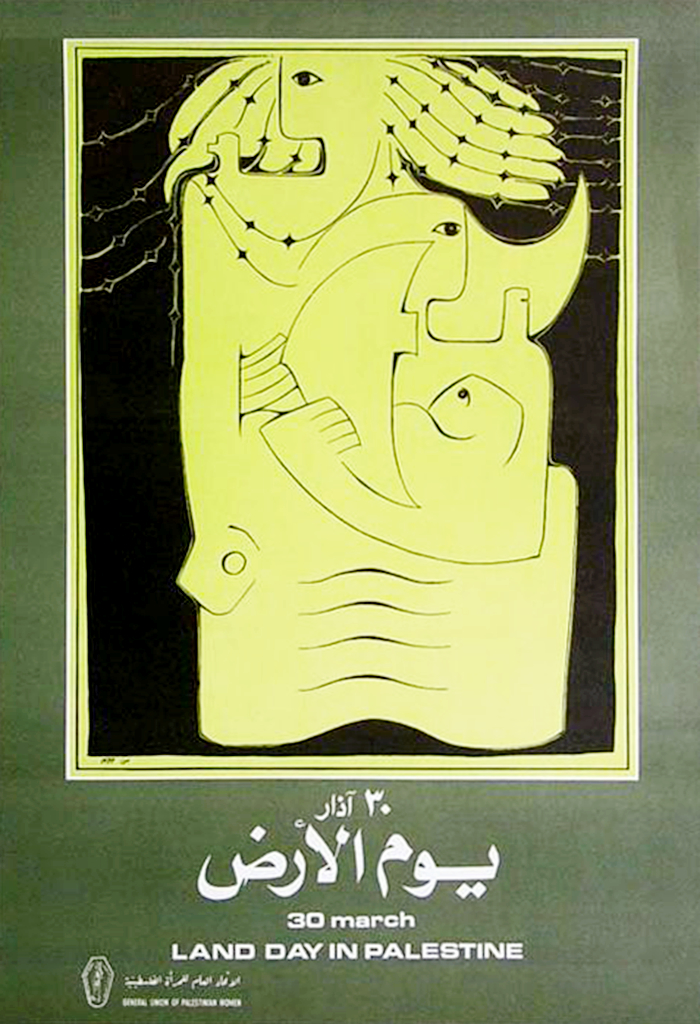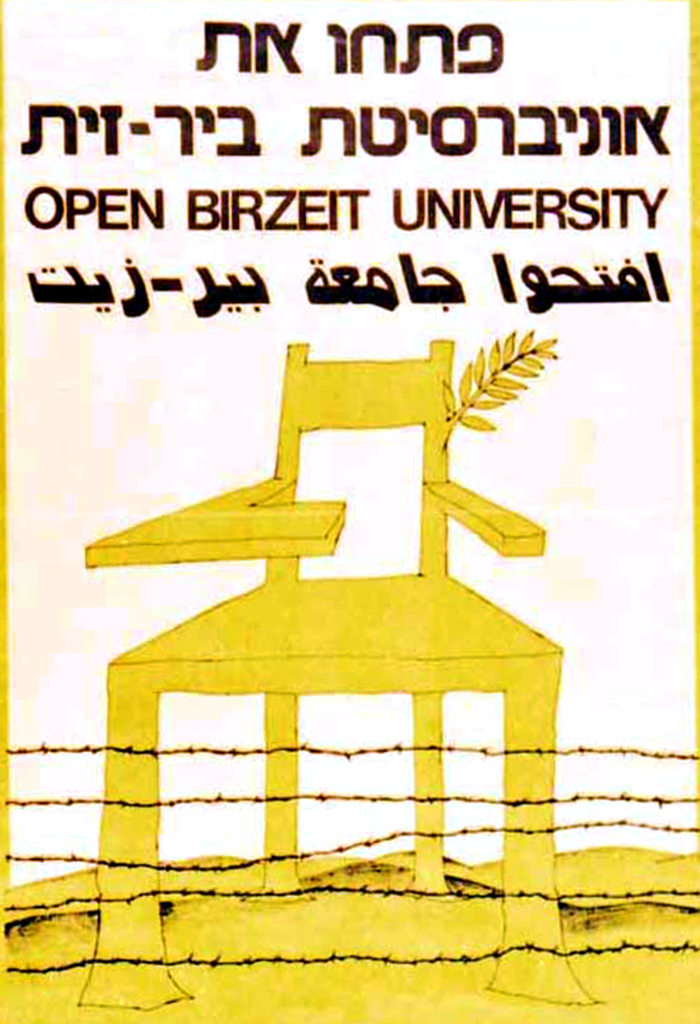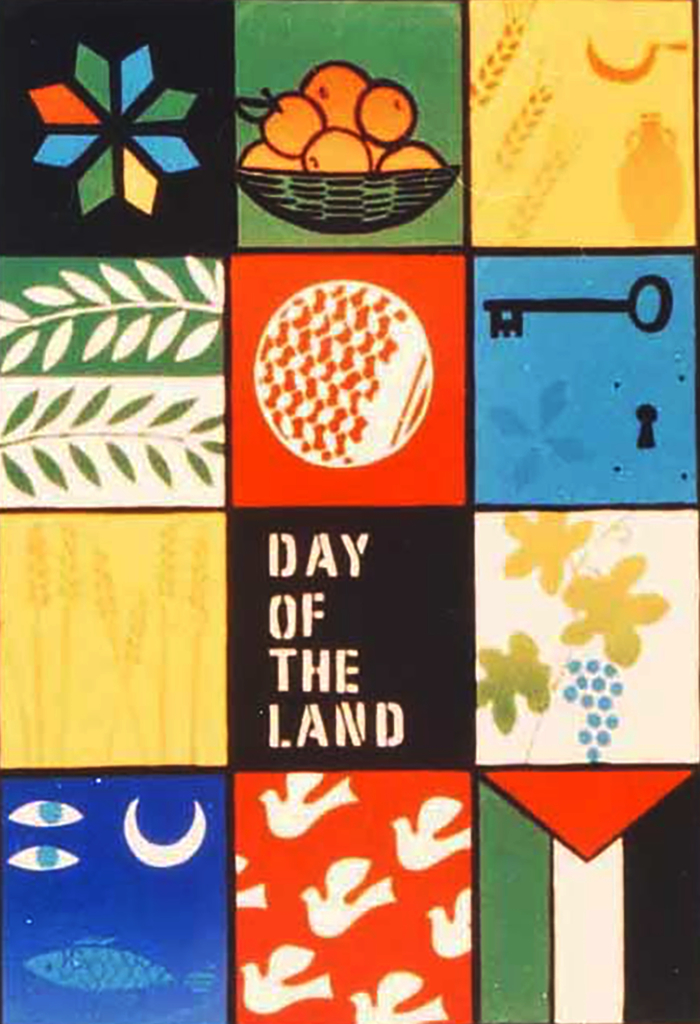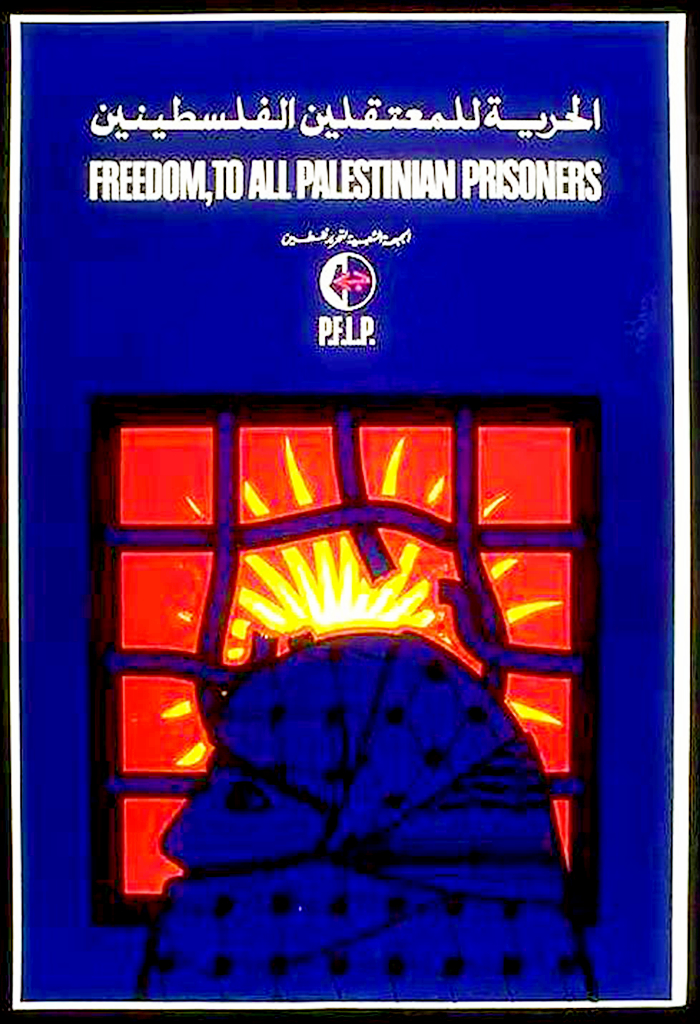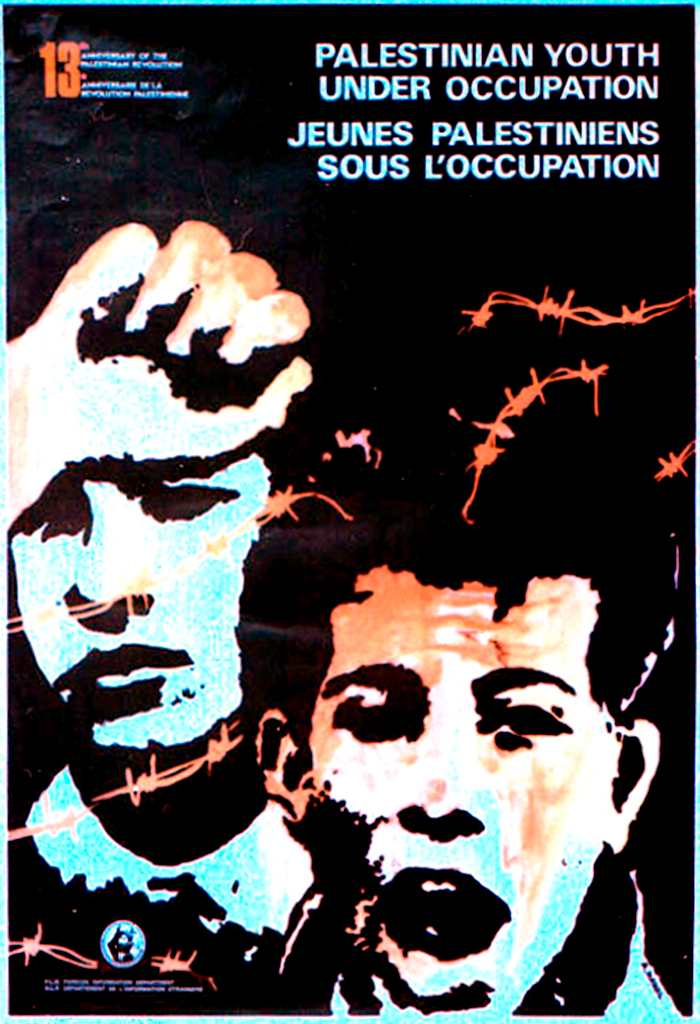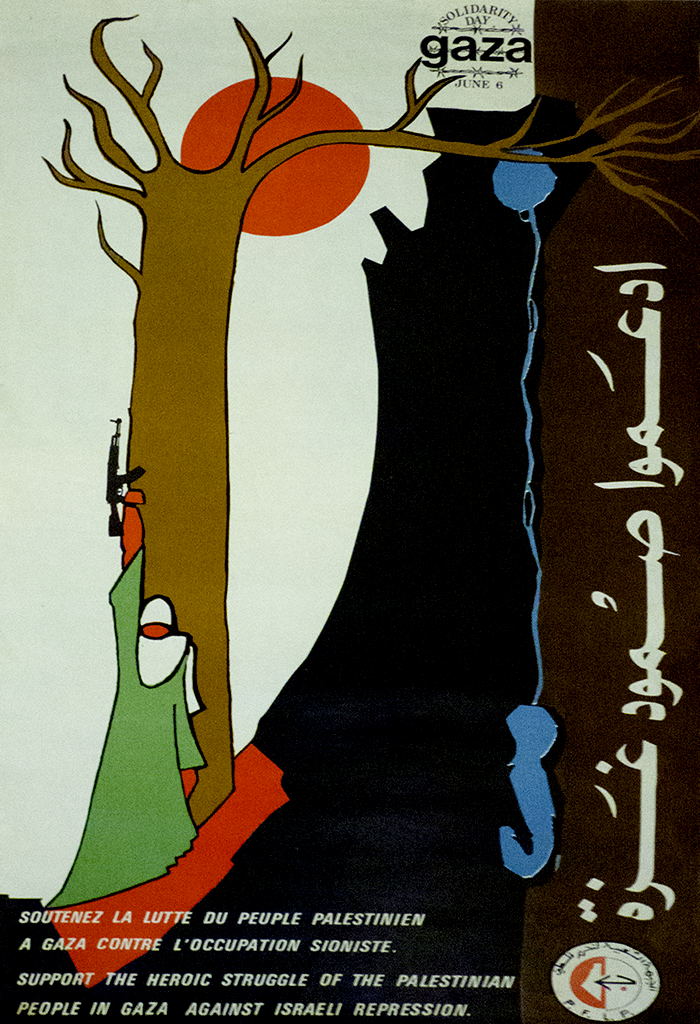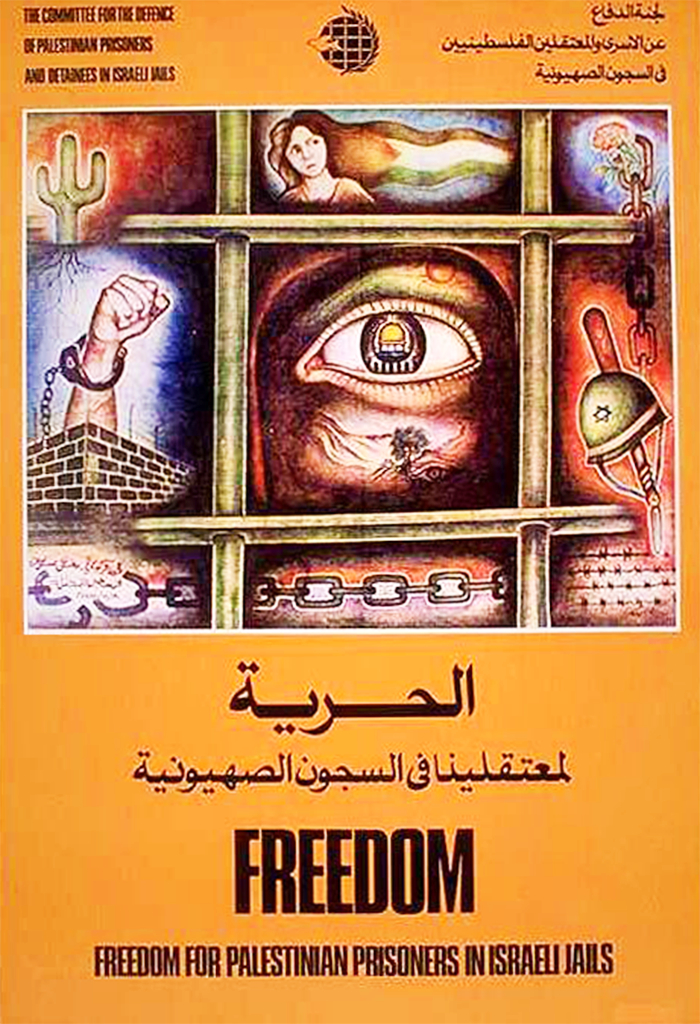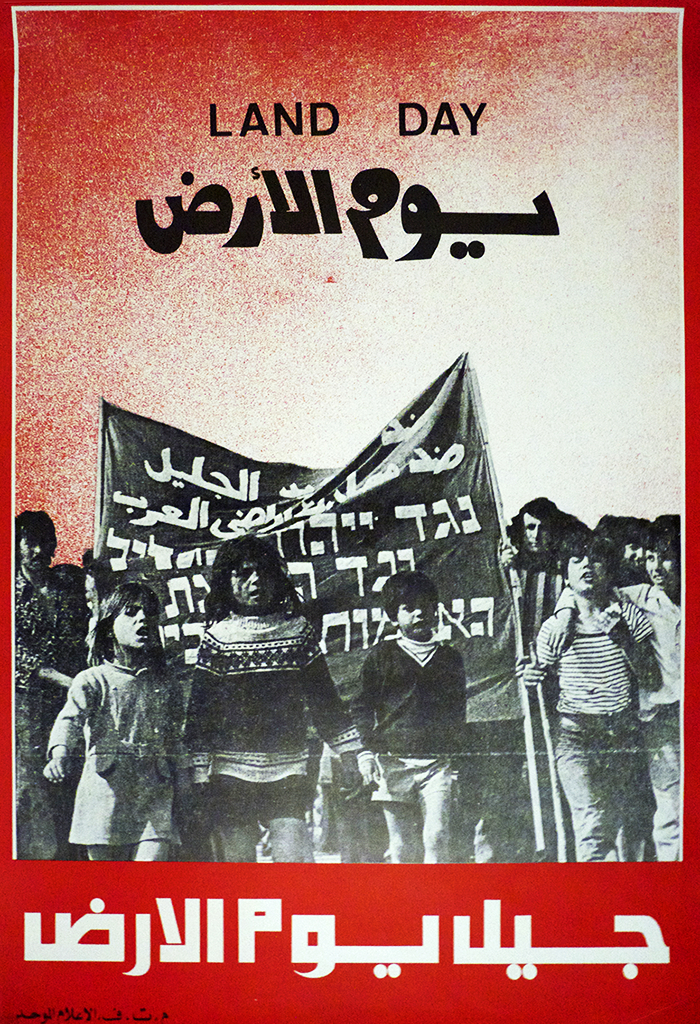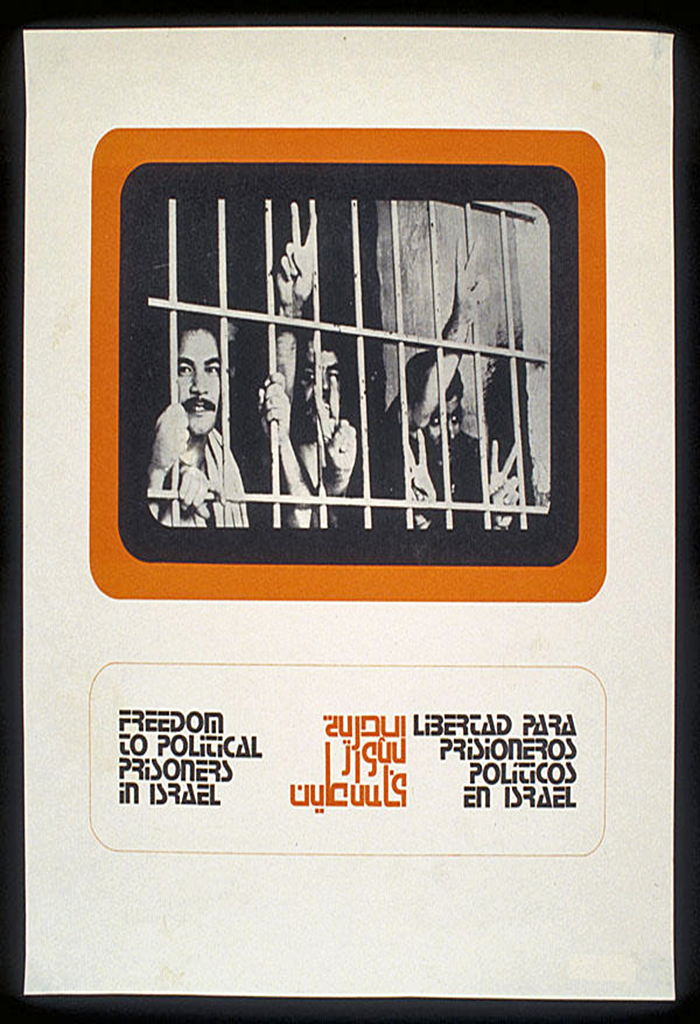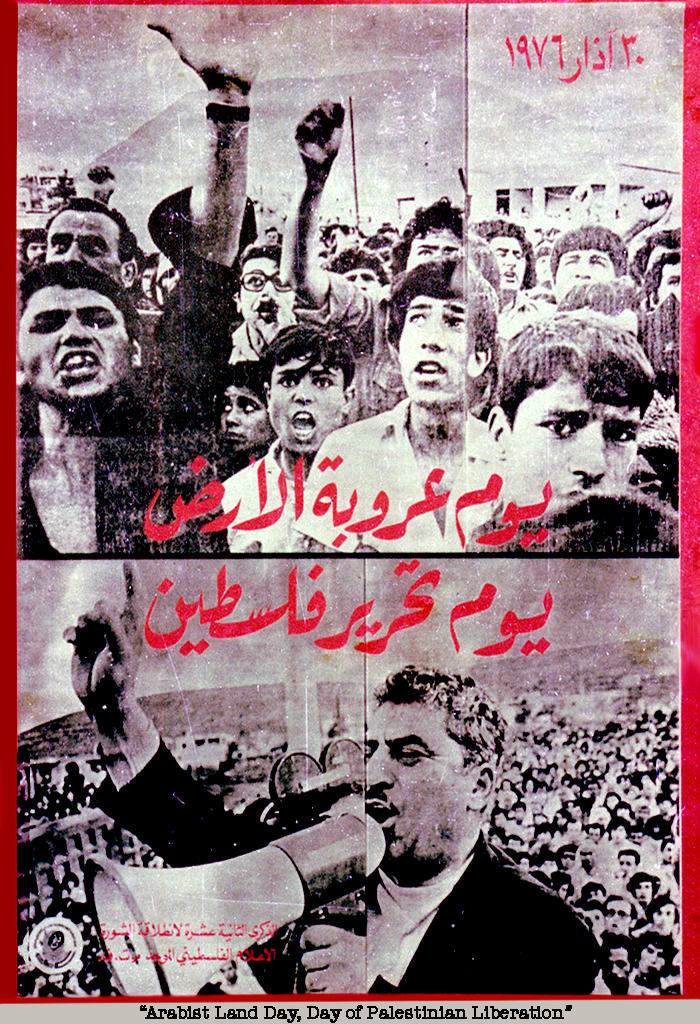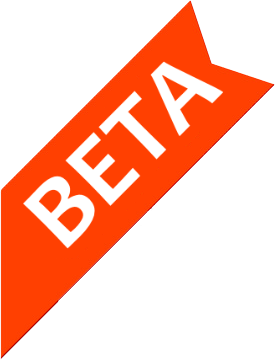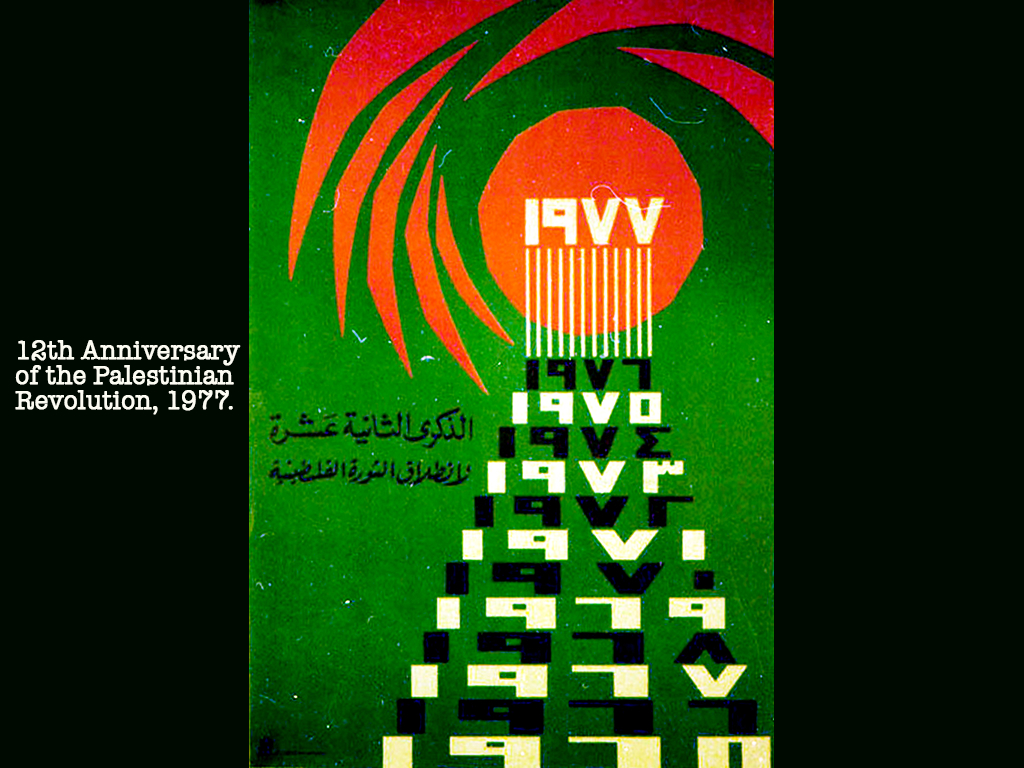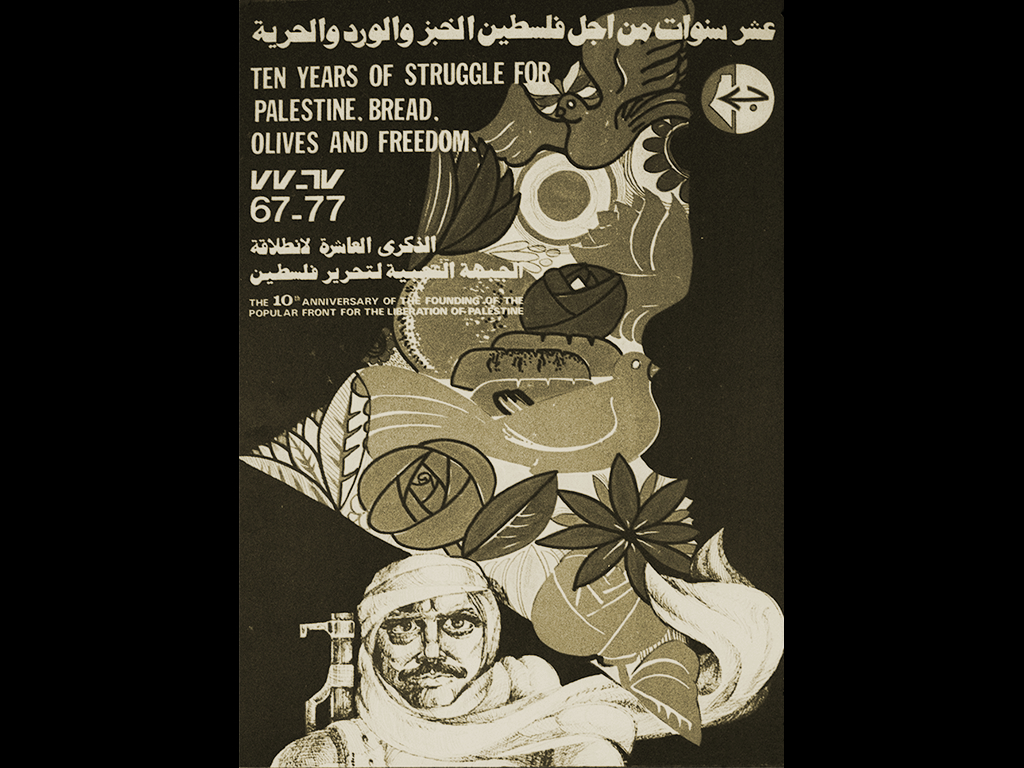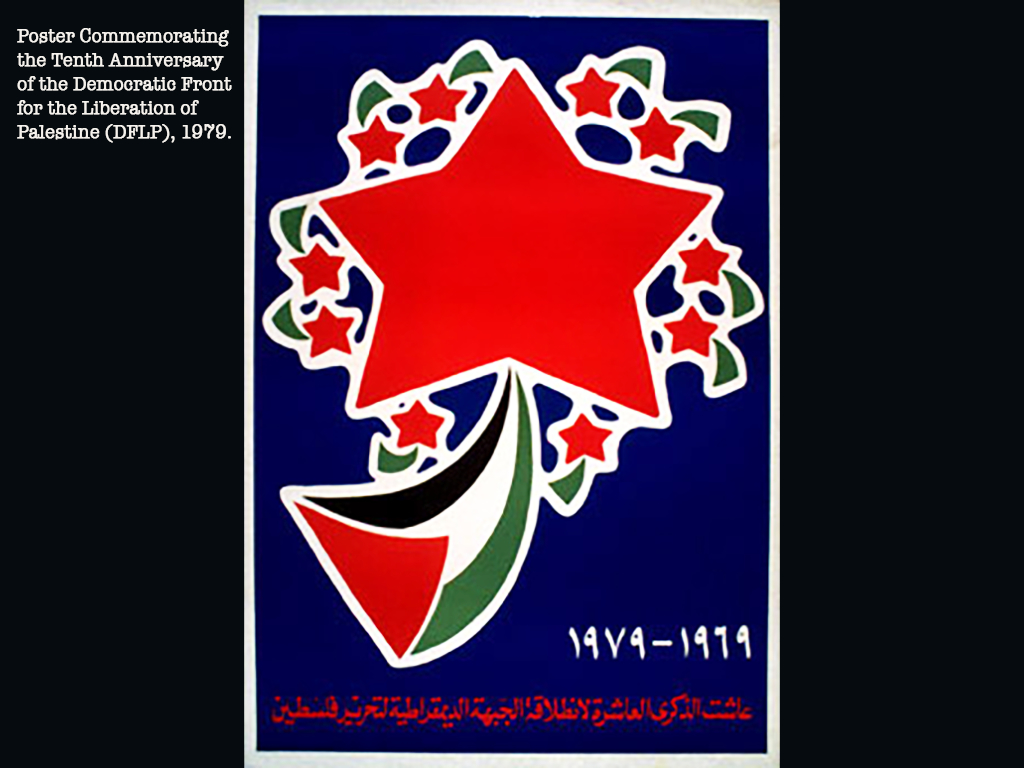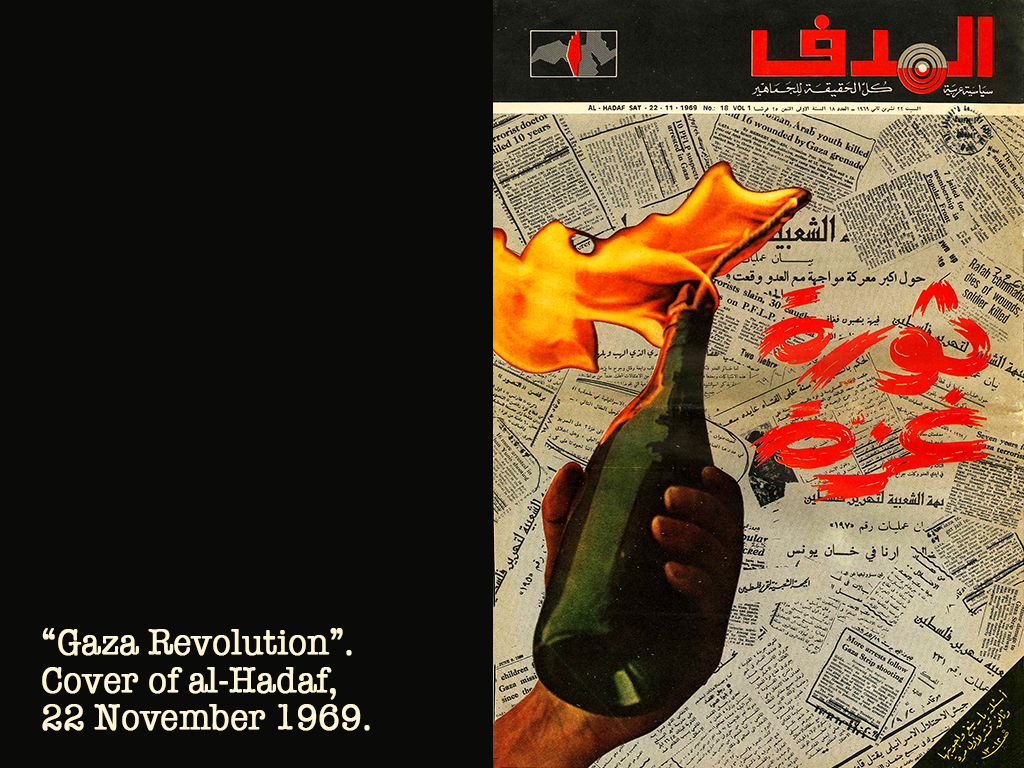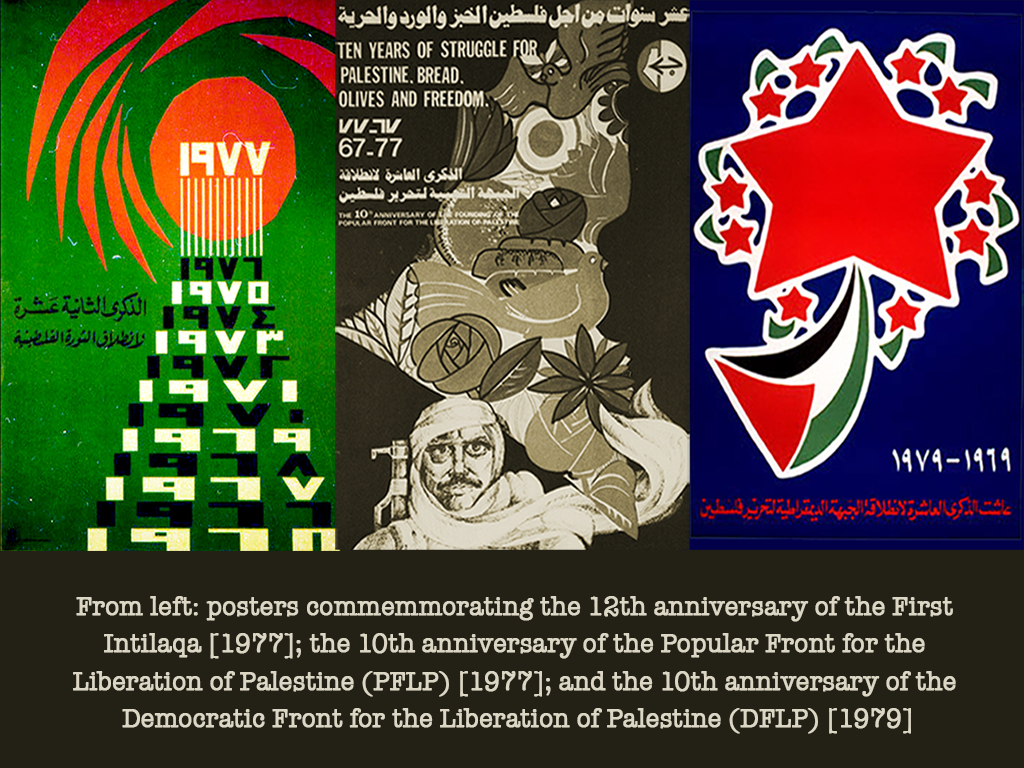Several types of revolutionary moments occurred across the breadth of the Palestinian revolution. For instance, Intilaqas were launching moments, when new formations or strategies were initiated. A well known example of such a moment, the ‘First Intilaqa’ of Fateh, came to symbolise the official launch of Palestinian armed struggle on January 1, 1965. Fateh’s armed wing, Al Asifah, launched sabotage operations from the Jordanian controlled West Bank against Israeli settlement projects such as the Jordan Water Carrier system.
Every major Palestinian movement or party celebrated its launching moment, emphasising the different perspective or new opening that it added to the struggle. Launching moments were sometimes intentionally framed in relation to each other. For instance, Fateh’s ‘Second Intilaqa’ was generally seen as a reconfiguration of the First, although it had emerged in a radically new context of the military occupation of the West Bank and Gaza in 1967, and the attempt to prepare for a mass uprising against the Israeli occupation.
Revolutionary moments were also a response to different contexts. The first Israeli occupation of the Gaza Strip in 1956, for example, led to the development of a popular resistance moment based on cooperation among members of different political movements. Equally, mass demonstrations that took place right across the West Bank were a direct response to the Israeli destruction of Samu village and neighbouring localities on 13 November, 1966 (see UN Resolution 228).
While always context-specific, moments of mass popular action took their full meaning in the broader context of liberation. Land Day, for example, was an unprecedented moment of protest held in March 30, 1976 against Israeli plans to expropriate large tracts of Palestinian land between the Galilee villages of Sakhnin and Arabeh. Palestinian citizens of the Israeli state organised nationally to offer stiff resistance to the plan, drawing on years of previous political and civic organising against land expropriation. Six unarmed Palestinians were shot dead by Israeli forces during the protests, with dozens wounded. Ever since then, their stand has been commemorated annually by Palestinians across the world. The anniversary of Land Day came to symbolise Palestinian rootedness in the land and deep connection to it, a theme that can be seen in other indigenous resistance movements facing territorial expropriation by settler-colonial practices.
Whilst many of these revolutionary moments were the product of mass popular action, some were the outcome of secret work carried out by underground revolutionary formations, with one of the most notable being the experience that came to be widely referred to as ‘Guevara Gaza’. Extending between 1970 and 1973, it was named after the PFLP commander Mohammad al-Aswad. Inspired by the anti-colonial Argentine/Cuban revolutionary, al-Aswad took Guevara as his nom de guerre. Along with a select group of cadres, he led effective operations against Israeli occupation forces and collaborators in Gaza, before being killed in an army assault in 1973.
Many of the most intense revolutionary moments in the 1967 Occupied Palestinian Territories came out of the military occupation’s prisons. At any given time these institutions brought together hundreds if not thousands of revolutionaries. As well as ameliorating harsh conditions inside the prisons, their mass hunger strikes often spurred mass popular action outside them.
While some revolutionary moments emerged spontaneously and others were planned, all of them depended on the revolutionary infrastructure built during the long intervals between major events, the ‘moments in between’. These extended moments allowed for careful organisational build-up, with cadre training, and the maintenance of communication channels between ‘the inside’ and ‘the outside’. These connections were often coordinated through activities in the socialist or tricontinental countries. This considerable body of work was carried out by every major Palestinian movement. Fateh, for example, had a special organisation, ‘the Western Sector’, specialising in this type of activity, as did the PFLP, who had equivalent coordinating bodies as well.
Social work that was carried out in these ‘moments in between’ also had great significance, creating the capacity for sustaining longer term popular uprisings, a type of revolutionary moment known, in the Palestinian lexicon, as an Intifada. By way of example, the importance of such organising on the local level can be seen in Balata camp, which became, by the time of the 1987 Intifada, one of the strongest sites of popular resistance in Palestine.
